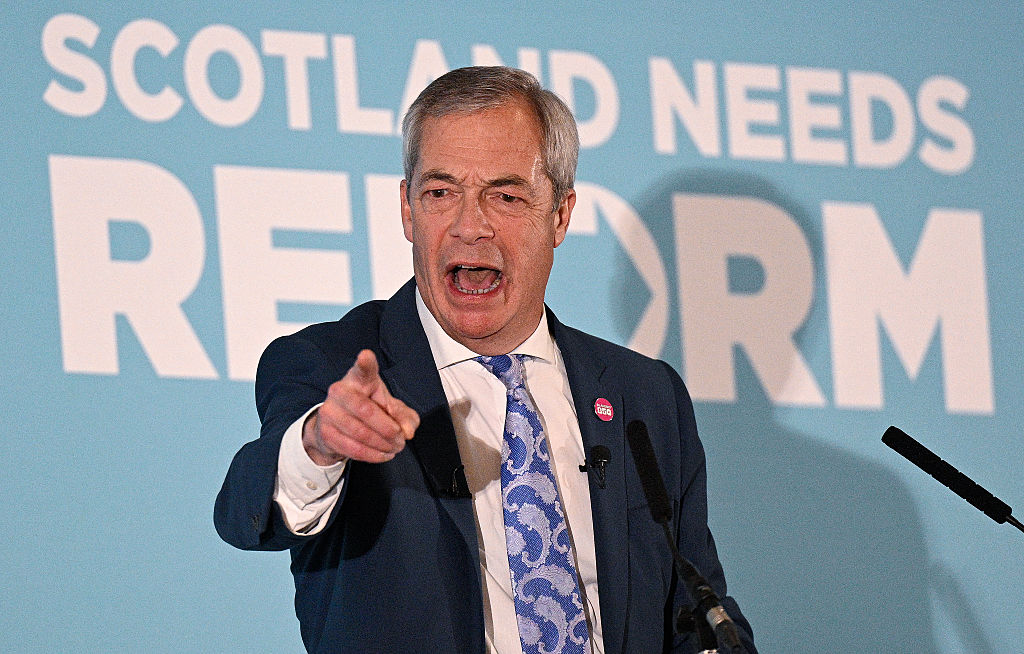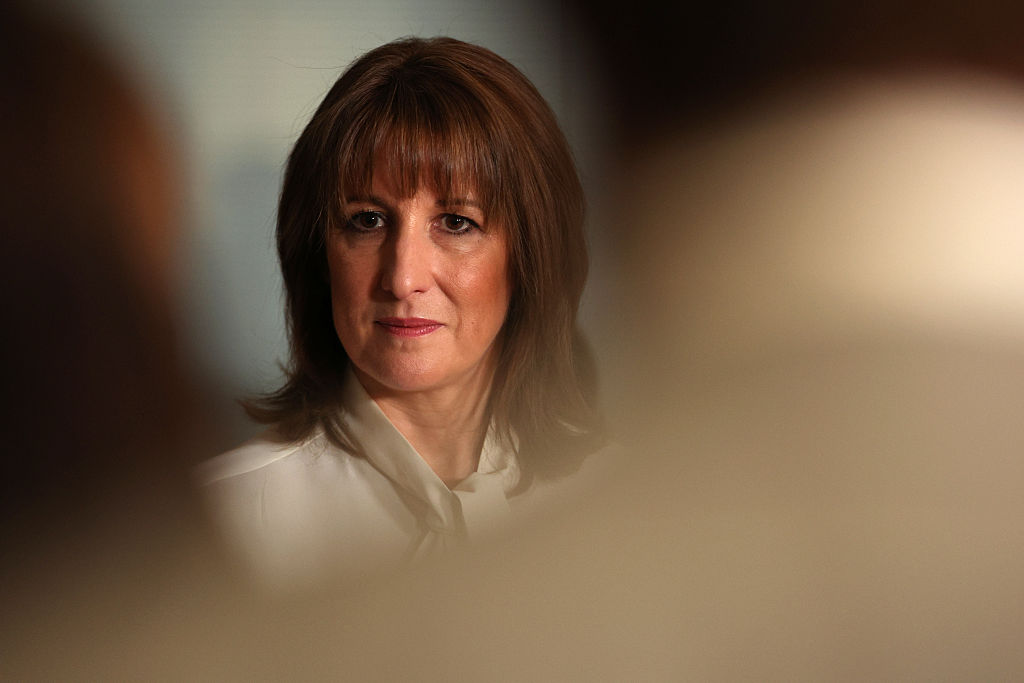Uber is underpowered
The ride-hailing app is still bleeding red ink and looks absurdly overvalued, says Matthew Partridge.


The ride-hailing app is still bleeding red ink and looks absurdly overvalued.
For the first five months of this year the only thing people were talking about was how much money Uber Technologies (NYSE: UBER) would raise from its initial public offering (IPO). At one stage many people were expecting the ride-hailing app to receive so much money that it would be valued at more than $100bn.
But while the IPO wasn't a total flop and remains the largest flotation this year, it wasn't a massive success either. The share price immediately fell to $41 a share from the $45 it listed at. Since then it has done badly, withthe price now falling to at $35. But it could goeven lower.
MoneyWeek
Subscribe to MoneyWeek today and get your first six magazine issues absolutely FREE

Sign up to Money Morning
Don't miss the latest investment and personal finances news, market analysis, plus money-saving tips with our free twice-daily newsletter
Don't miss the latest investment and personal finances news, market analysis, plus money-saving tips with our free twice-daily newsletter
The reason why Uber's shares have been struggling is that it has failed to turn its sales into earnings, losing an estimated $5.2bn in the last three months alone, as well as being expected to lose another $6bn next year.
On the face of it, this shouldn't necessarily be fatal since many technology companies are currently seeing their share price soar despite not making a profit. However, while they at least can claim that they are still building up their business, Uber has been around for over a decade far beyond the point at which it should really have started to make money.
A hypercompetitive market
The real problem with Uber is that its core business, hailing taxis via smartphone apps, is highly competitive, with low barriers to entry and consumers who will switch service in the blink of an eye if they can find a slightly cheaper deal somewhere else. And it's not just a case of consumers switching: drivers are also beginning to demand higher pay and better conditions.
As a result, Uber has steadily been losing market share to rivals such as Lyft, despite reducing fares and increasing the amount of money it pays to drivers in order to keep them loyal.
It's therefore not surprising that Uber has tried to get around this by moving into food delivery through its Uber Eats service. However, this is a jump from the frying pan into the fire, as the move puts it in direct competition with a wide range of companies, such as Deliveroo, which are also determined to dominate this area.
While Uber appears to be hoping that it can outlast its rivals in the food sector by running its service at a loss, it's hard to see this strategy working against a firm such as Amazon, which can draw on the resources generated by its extremely profitable business. Given this, how can Uber's valuation of over five times current sales possibly be justified?
With Uber overvalued and its shares falling, this seems a good time to short them at the current price of $35.70, at £100 per $1 (compared with IG Index's £24 per $1), covering your position if it rises above $45.70. This gives a total downsideof £1,000.
How my tips have fared
This last fortnight has been a mixed bag for my tips, with exactly half the six longs rising and the other three falling.JD Sports climbedfrom 582p to 601 and Superdry from 389p to 392p. Safestore was the star performer, going up from 607p to 641p.
In the case of Hays and Bellway, the falls were relatively minor, with Hays declining from 147p to 146p and Bellway from 2,868p to 2,842p. However, Bausch Health Companies, which I tipped two weeks ago, did especially badly, falling from $24 to $21.72. This means that my six long tips are making a total lossof £42.
My four short tips were also split down the middle, with two increasing and two falling. Weis Markets rose from $38.38 to $39.40, while Netflix also increased from $305 to $309. However, Tesla declined from $228 to $224. The best-performing tip over the last two weeks was Bitcoin, which went from $11,500 to $10,695, although it is still above the level I originally tipped it at. Overall, three out of the four tips are making money, with my shorts currently making net profits of £908.
Both BeyondMeat and Zoom Communications are still trading above the level at which I recommended you should start shorting them. Counting the latest Uber tip on this page, there are now 11 open tips (six longs and five shorts).Taking into account the three tips that were closed a fortnight ago, I'm not going to recommend that you close any other tips.
Still, unless something improves with Hays very soon I'm going to suggest that you close it.I'm also going to keep my eye on the JD Sports long (tipped back in Issue 929), and the Weis Markets short (issue 919), even though both tips are currently in the black.
Trading techniques... the skyscraper index
A boom can easily become a bubble. One way to distinguish robust growth from the late stages of a bubble is through the skyscraper index. There are several versions of this, but they boil down to a simple principle: if a country is building the largest skyscraper in the world, then stay away from its stocks.The rationale is that large skyscrapers are usually poor investments, prompted by a combination of vanity and excessive optimism rather
than the reasonable expectation of healthy returns. Their appearance is therefore both a sign of irrational exuberance and an indication that there aren't any alternative investment projects with a higher capital return. Since large property projects usually require construction companies to borrow huge amounts of money, their presence also suggests that credit is too freely available (implying that the economic cycle is about to turn).
There is some anecdotal evidence to support the Skyscraper index. Avoiding the stockmarket during the construction of the Empire State Building between March 1930 and April 1931 would have saved you a lot of money. Similarly, the original World Trade Centre in New York and Sears Tower in Chicago were both started in the early 1970s, just before the stockmarket crashed.
Malaysia's Petronas Tower would also be completed just before the Asian Crisis, while Dubai's Burj Khalifa was still being constructed during the global financial crisis. Still, it's important not to take this index too seriously asthe shift to a services-based global economy means that skyscrapers are more of a necessity than a luxurythese days.
Get the latest financial news, insights and expert analysis from our award-winning MoneyWeek team, to help you understand what really matters when it comes to your finances.

-
 Christopher Harborne: Reform UK donor and crypto billionaire
Christopher Harborne: Reform UK donor and crypto billionaireChristopher Harborne came into the spotlight when it emerged he had given £9 million to Nigel Farage's Reform UK. How did he make his millions?
-
 Reeves's business rates hike will crush the British economy
Reeves's business rates hike will crush the British economyOpinion By piling more and more stealth taxes onto businesses, the government is repeating exactly the same mistake of its first Budget, says Matthew Lynn